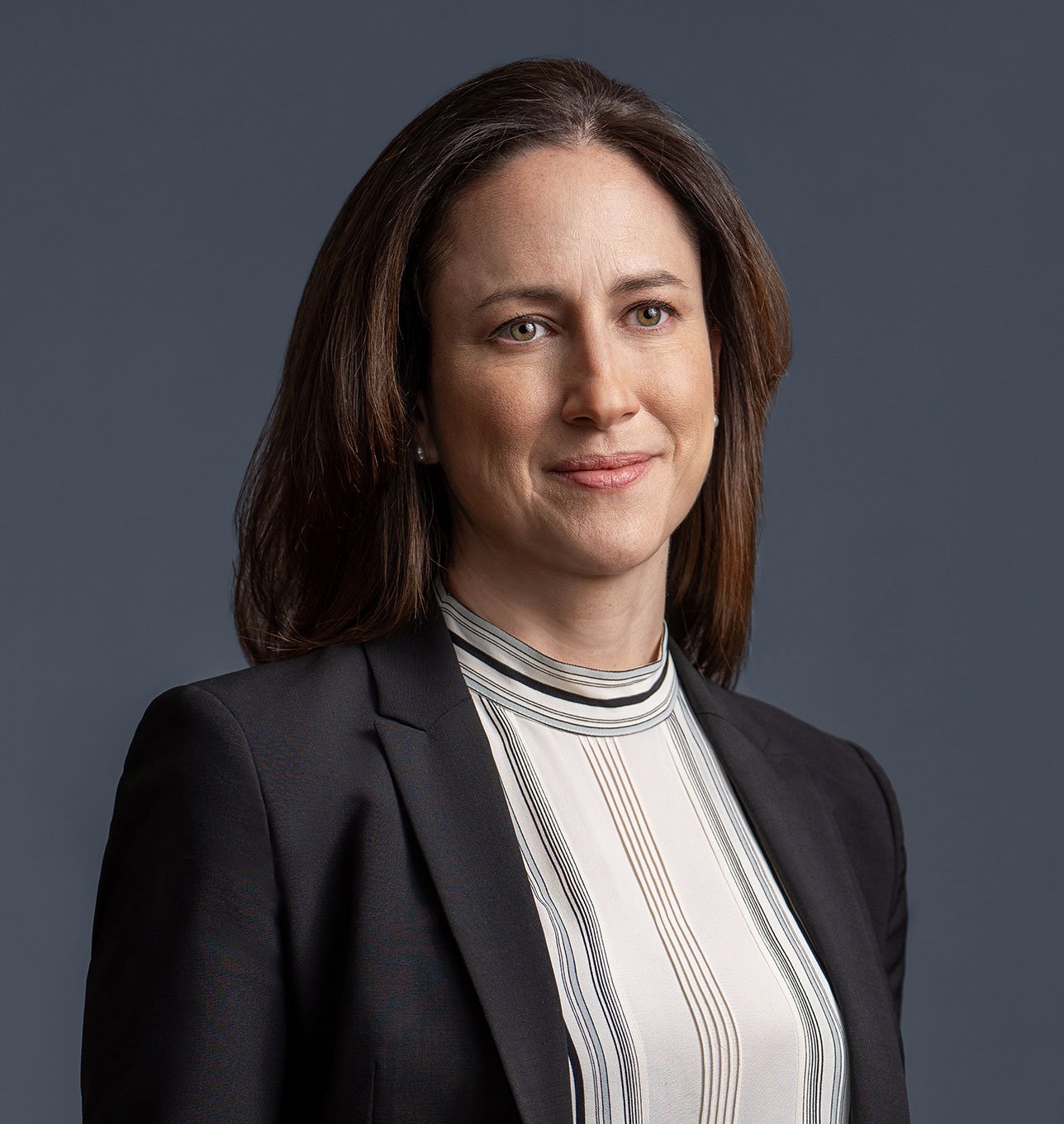April 27. 2023
4 Ways to Ensure IP Protections for AI-Generated Content
Generate PDF
To read complete article visit Law.com (subscription required)
Allison Aviki and Brian Nolan are featured in this article.
Users of generative artificial intelligence have seldom shied away from harnessing the technology to its fullest capabilities—fashioning everything from songs and paintings to poems and comic books.


